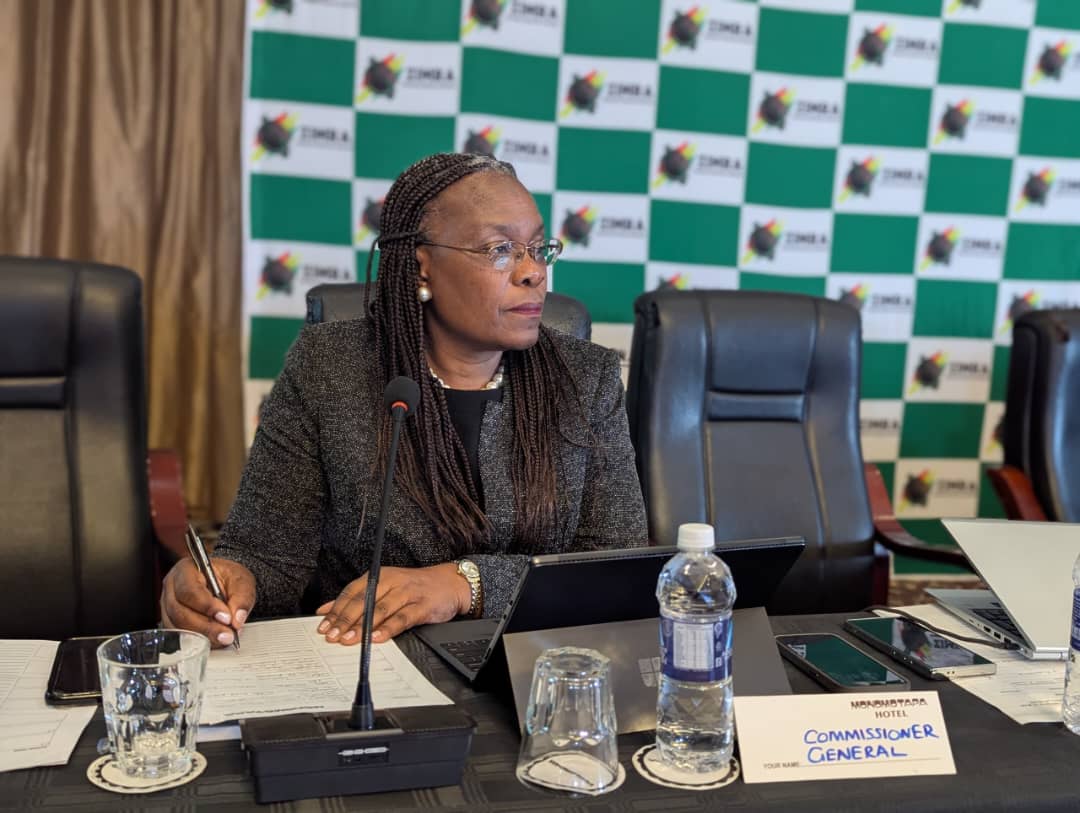 Zimbabwe’s domestic resource mobilisation efforts have received renewed impetus following the launch of a digitalisation roadmap aimed at expanding the national revenue collection base, in line with the objectives of the National Development Strategy 2 (NDS2).
Zimbabwe’s domestic resource mobilisation efforts have received renewed impetus following the launch of a digitalisation roadmap aimed at expanding the national revenue collection base, in line with the objectives of the National Development Strategy 2 (NDS2).
The development was revealed during the Zimbabwe Revenue Authority’s (ZIMRA) eighth Annual General Meeting (AGM) held in Harare, where stakeholders underscored the importance of technology in improving tax compliance and transparency.
ZIMRA Commissioner General, Ms Regina Chinamasa, said the adoption of digital solutions is expected to strengthen revenue mobilisation and enhance efficiency.
“NDS2, is a key element where the government seeks to forge ahead with development projects. We have been deliberating on how to complement this aspect, and the way forward is to digitalise our operations to capture more firms and individuals in our database,” she said.
The move is also being seen as key to reducing dependency on external development support and reinforcing national self-reliance.
Parliamentary Portfolio Committee on Budget, Finance and Economic Development Chairperson, Honourable Energy Mutodi, highlighted the critical role domestic revenues play in sustaining national projects.
“Domestic resource mobilisation has received the backing of local stakeholders. That is the only way forward, given the current trend where revenues continue to be hindered by limited development partner support. Authorities must ensure revenue is generated sustainably,” he said.
Zimbabwe’s revenue authority has continued to exceed its tax collection targets, a feat attributed to enhanced compliance, improved tax systems, and the closing of revenue leakage loopholes.
As the economy stabilises, the Government is confident that ongoing tax reforms particularly through digitalisation, will yield greater revenue streams to accelerate infrastructural and social development programmes outlined in NDS2.

